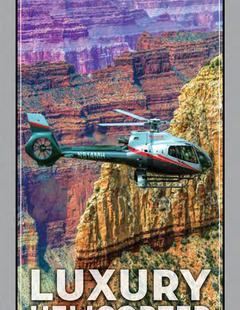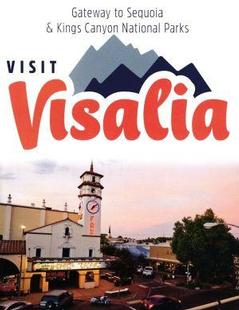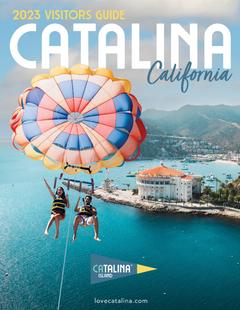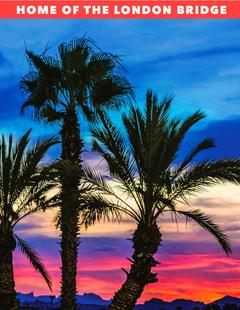Basics
- Location:
- Between Mono Lake and Yosemite National Park
- Surface:
- Paved
- Length:
- 12 miles (19 km)
- Time:
- Allow at least 30 minutes.
- Season:
- Closed during the winter
Description
Lee Vining Scenic Byway drifts between two of nature's most primal creative forces. Formed by glaciers and volcanoes, this route takes in America's newest mountain range, volcanic craters, alkaline and freshwater lakes, and forest scenery sure to be as memorable as it is exciting and otherworldly.
Lee Vining Scenic Byway starts from Lee Vining, just east of Yosemite National Park. Head south on I-395 and turn right onto HWY 120. The byway begins there and ends at Tioga Pass in Yosemite National Park.
Surrounded by the Ansel Adams and Hoover Wilderness Areas and Yosemite National Park, there is a lot to do here involving the outdoors. Mono Lake is an intriguing place to visit as it is literally a million-year-old glacial lake. Nearby lava flows and pumice deposits create lunar-like landscapes set against the familiar backdrop of woodland and blue skies.
Tourism Resources
Helpful Links
Tourism Resources
Points of Interest
Points of Interest Along The Way
Inyo National Forest (CA)
The Inyo National Forest of the Eastern Sierra Nevada Mountains is home to many natural wonders, including Mt. Whitney, Mono Lake, Mammoth Lakes Basin, and the Ancient Bristlecone Pine Forest.
Mono Craters (CA)
Hikers and photographers love the otherworldly aspects of Mono Craters, a volcanic mountain range.
Directions
From Lee Vining: Take Main Street (Highway 395) and head South for about five miles. Take a left on State Road 158, follow signs.
Mono Lake Tufa State Reserve (CA)
The lack of an outlet has made Mono Lake particularly unique to the area. Mono Lake's high salinity and alkalinity has created Tufa Towers which rise dramatically in and around the lake.
Directions
A few stops exist along the lake. Take highway 395 and head north from Lee Vining.
Yosemite National Park (CA)
Yosemite National Park embraces a spectacular tract of mountain-and-valley scenery in the Sierra Nevadas, and was set aside as a national park in 1890. The park harbors a grand collection of waterfalls, meadows, and forests that include groves of giant sequoias, the world's largest living things.
Highlights of the park include Yosemite Valley, and its high cliffs and waterfalls; Wawona's history center and historic hotel; the Mariposa Grove, which contains hundreds of ancient giant sequoias; Glacier Point's spectacular view of Yosemite Valley and the high country (summer-fall); Tuolumne Meadows, a large subalpine meadow surrounded by mountain peaks; and Hetch Hetchy, a reservoir in a valley considered a twin of Yosemite Valley.





















